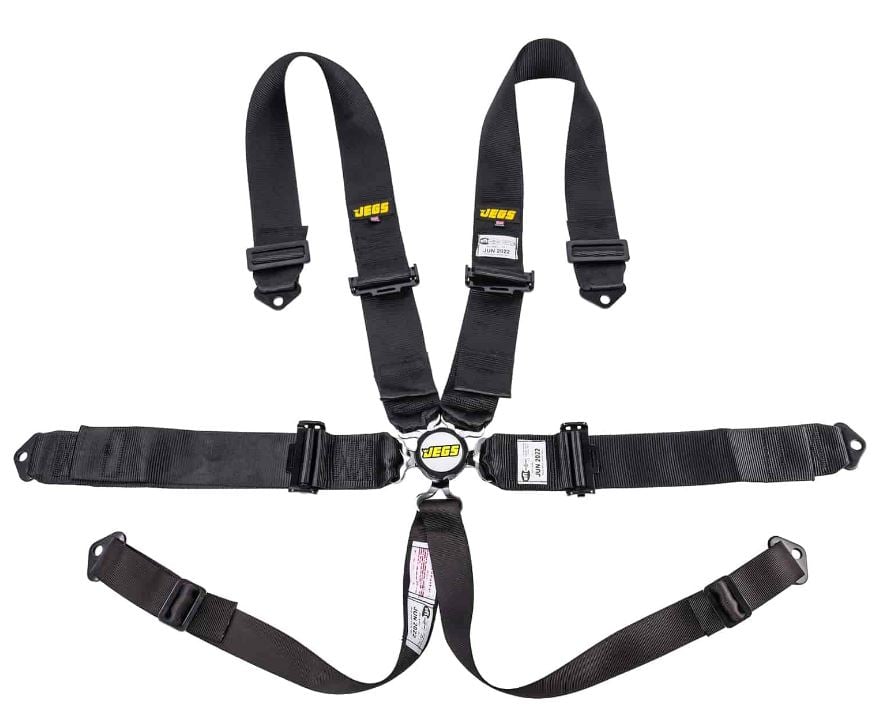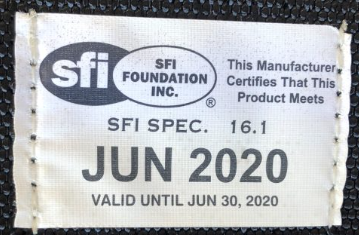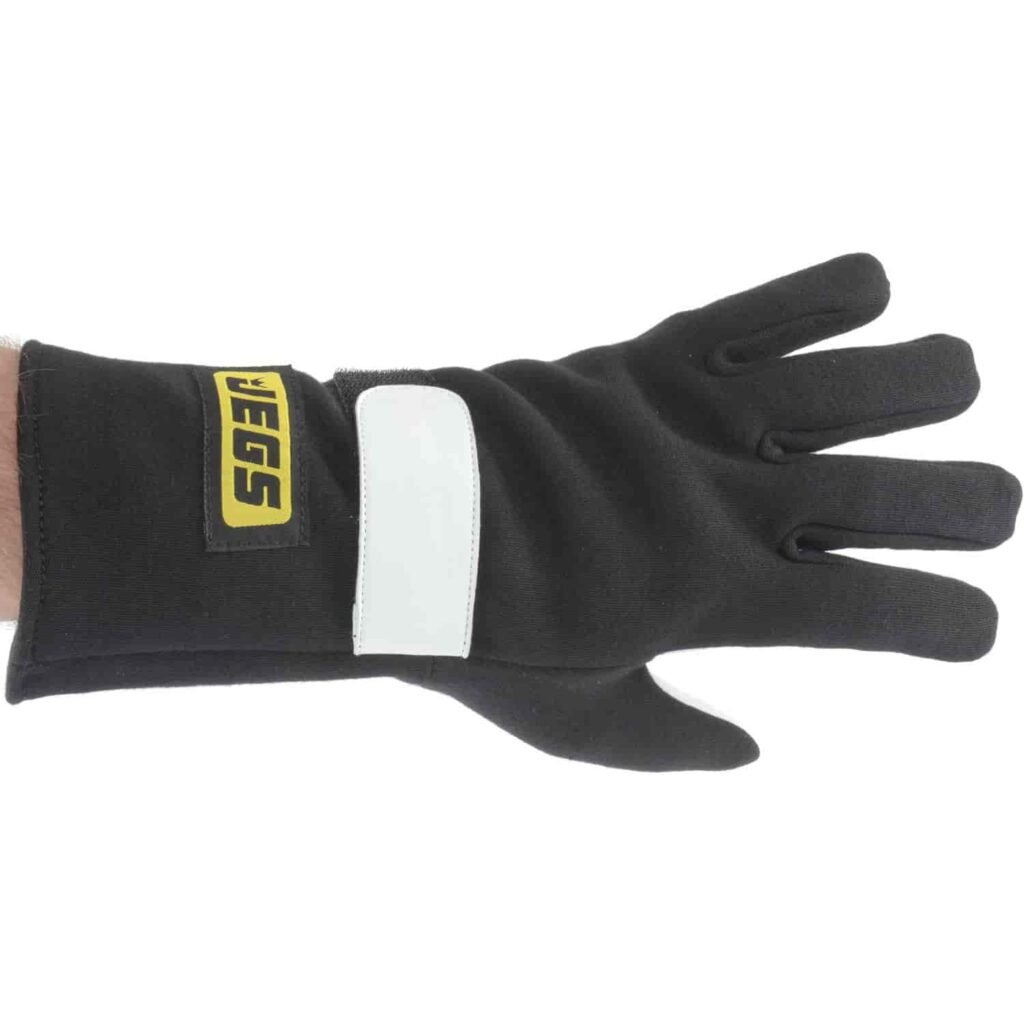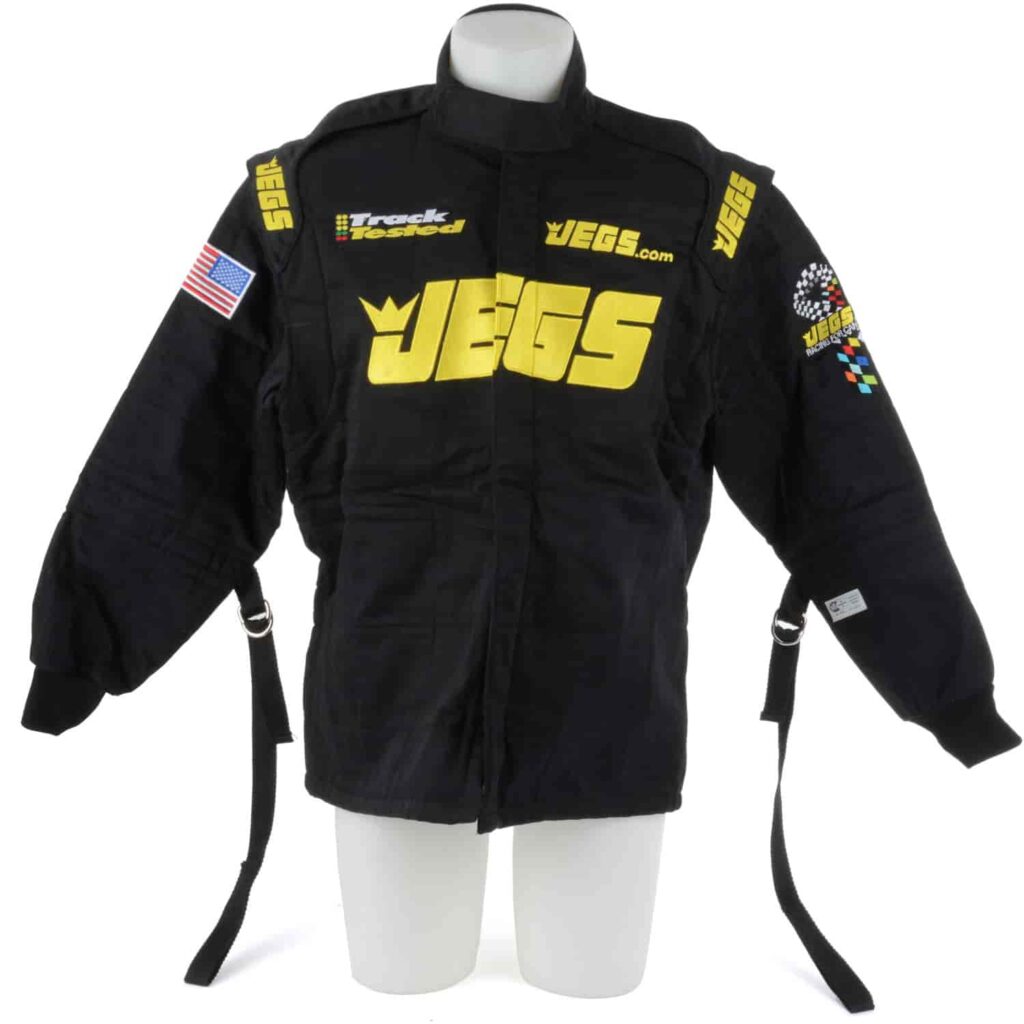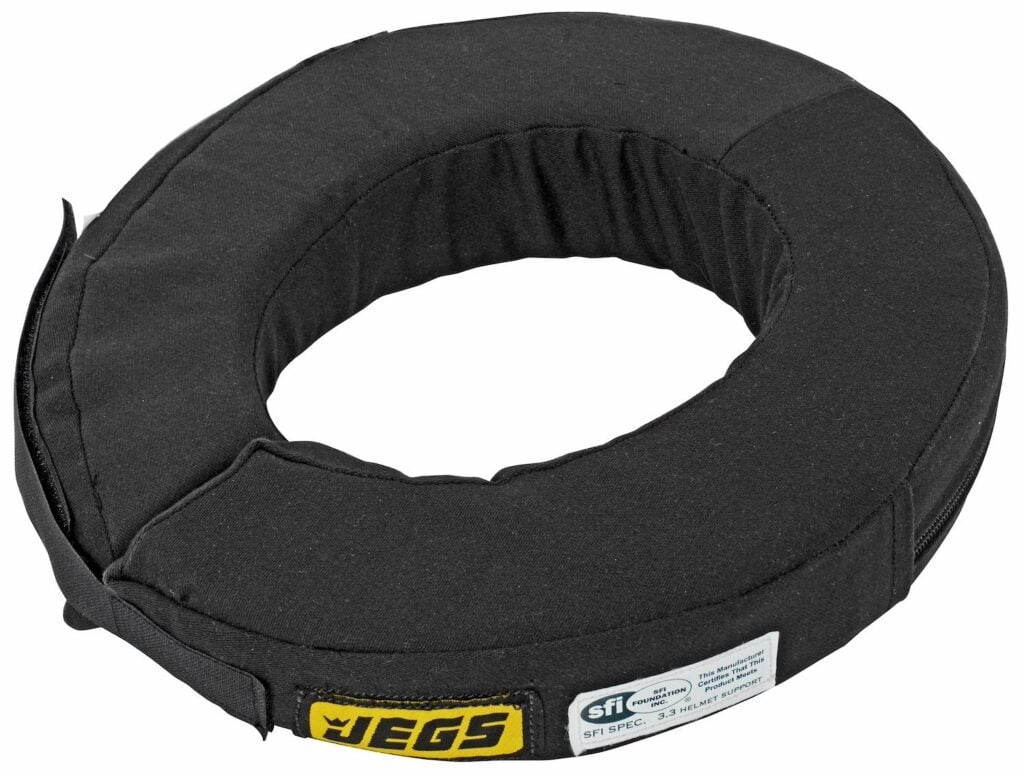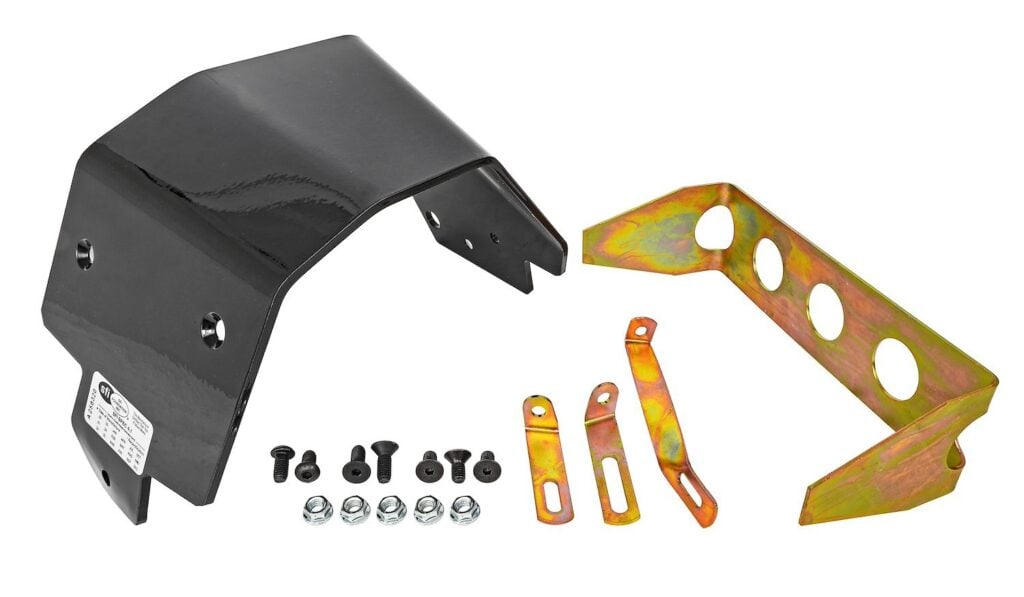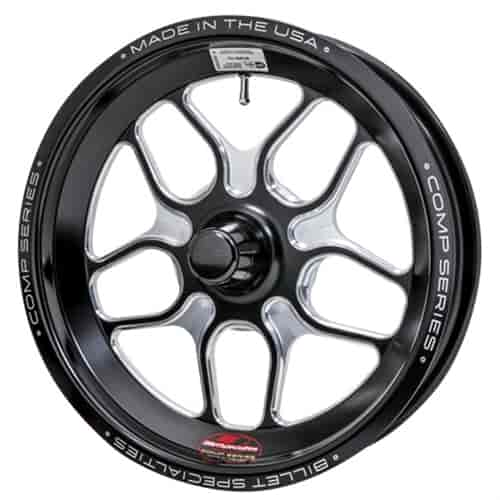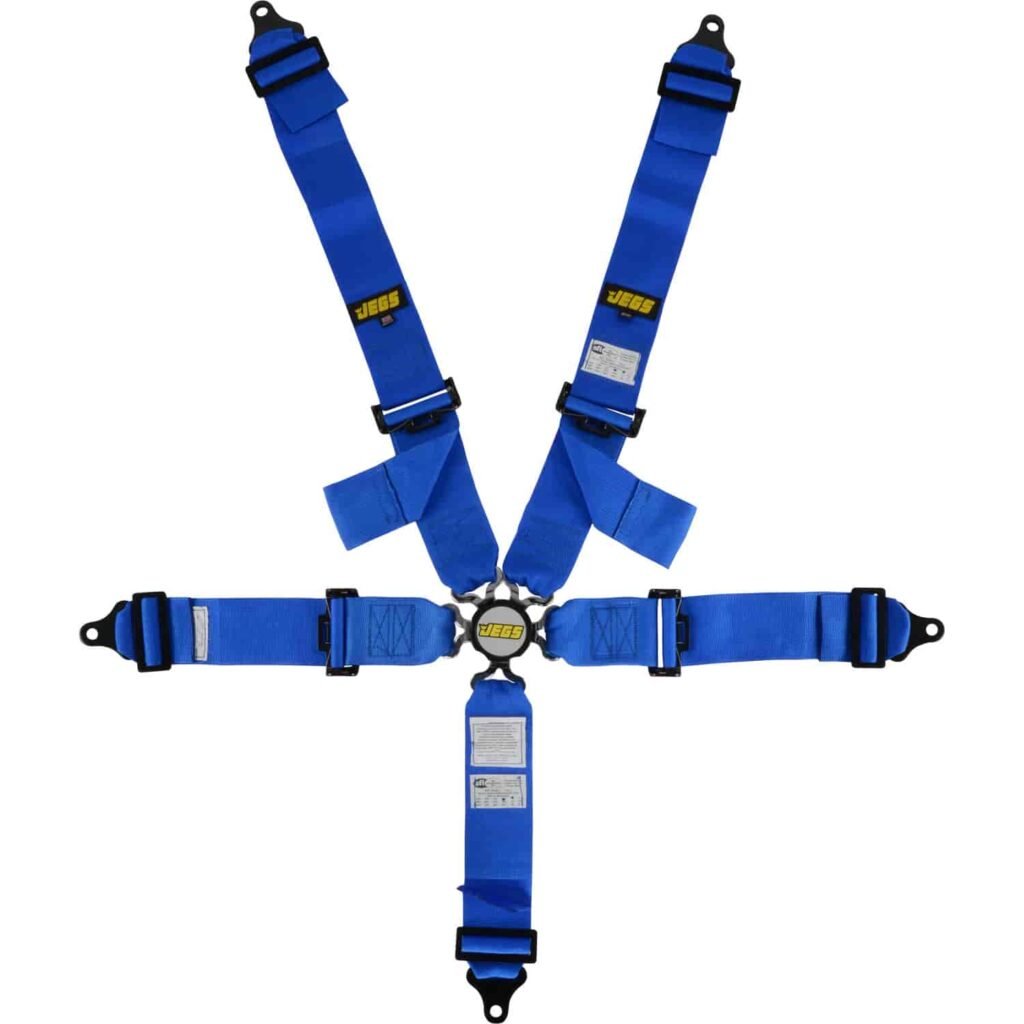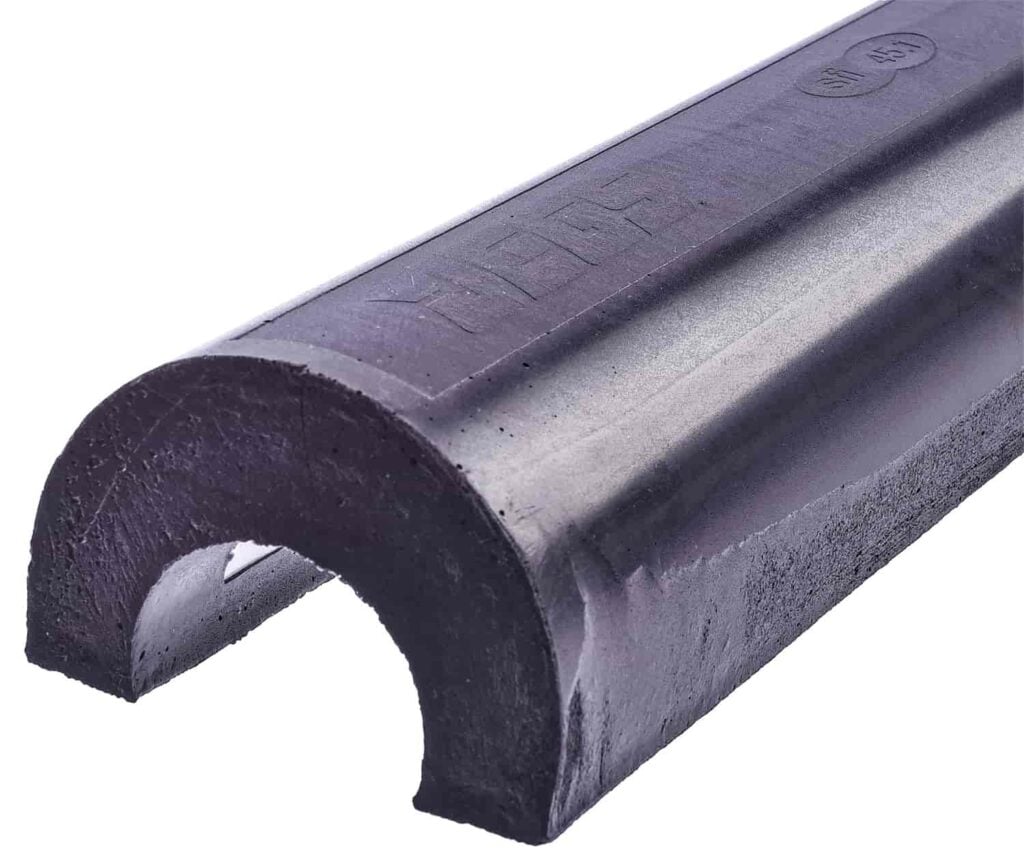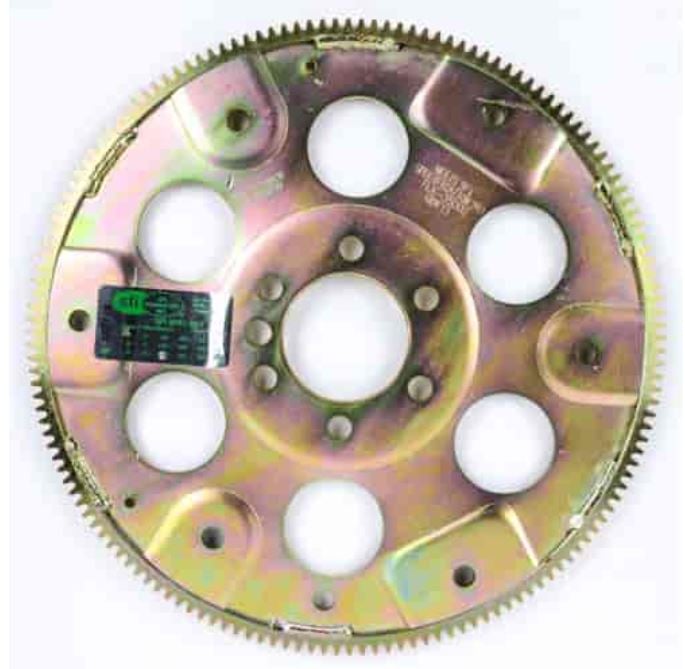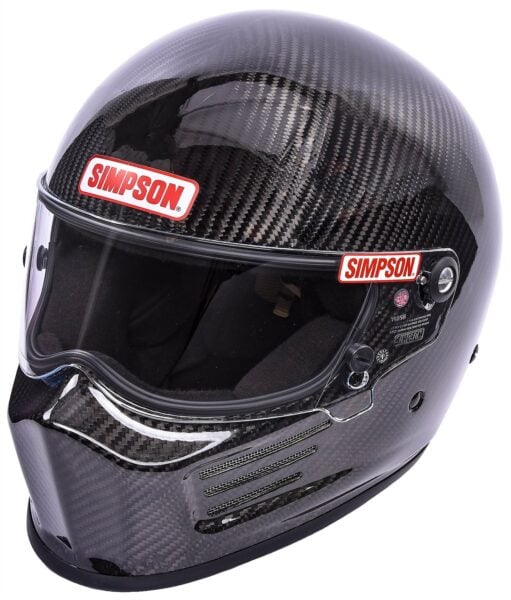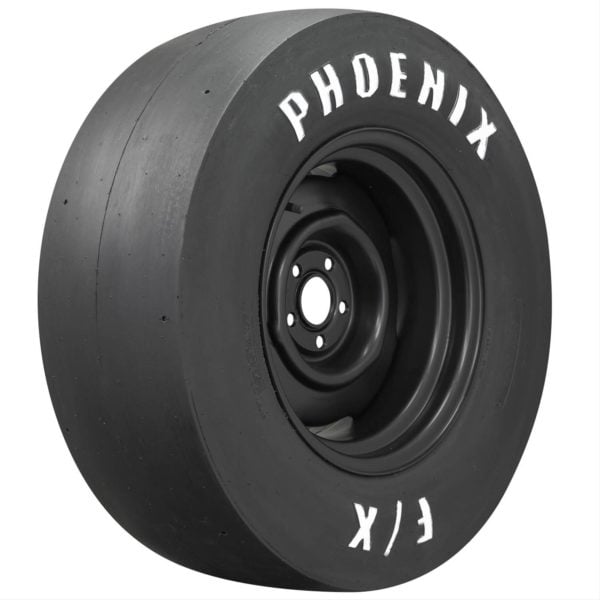In the high-octane world of motorsports, safety is paramount. Ensuring the integrity of every component is crucial to protect drivers and maintain the competitive edge. The Sports Car Club of America (SCCA), National Hot Rod Association (NHRA), and other racing organizations adhere to strict safety standards set forth by the SFI Foundation, Inc. These standards encompass various automotive parts and safety equipment, each with designated expiration periods or recertification requirements. In this comprehensive guide, we delve into the SFI-rated parts utilized in NHRA drag racing, detailing their expiration periods and recertification intervals to guarantee optimal performance and safety on the track.
What is the SFI Foundation?
The SFI Foundation, Inc. stands as a cornerstone in ensuring safety within the motorsports industry. Established in 1978, SFI, which stands for SEMA (Specialty Equipment Market Association) Foundation, Inc., is a non-profit organization dedicated to creating and enforcing uniform safety standards for automotive and racing equipment. Governed by a board of directors consisting of representatives from various automotive and racing organizations, SFI collaborates with industry experts, engineers, and manufacturers to develop rigorous testing procedures and certification protocols. Through its certification programs, SFI verifies the quality and integrity of a wide range of automotive components, from clutch assemblies to safety apparel, ensuring that they meet or exceed the established safety standards. SFI's mission is to enhance safety across all levels of motorsports, from grassroots racing to professional circuits, fostering a culture of safety and innovation within the automotive community.
Why Are There Expiration Dates On Racing Parts And Safety Equipment?
Expiration dates on racing parts and safety equipment serve as a critical aspect of ensuring continued safety and performance on the track. Motorsports environments subject equipment to extreme conditions, including high speeds, intense heat, and significant forces. Over time, these factors can degrade the structural integrity and effectiveness of components, potentially compromising driver safety. By implementing expiration dates, racing organizations like the SFI Foundation establish a standard timeline for the inspection, maintenance, and replacement or recertification of essential equipment. This proactive approach helps mitigate the risk of equipment failure during races, protecting drivers and enhancing overall event safety. Additionally, technology and manufacturing processes continually evolve, leading to advancements in materials and design. Regularly updating equipment ensures that racers have access to the latest innovations, improving performance and maintaining competitiveness. Ultimately, expiration dates play a vital role in safeguarding both drivers and the integrity of motorsports competitions.
How Do I Know When My SFI-Rated Part Will Expire?
Reading the SFI label to decipher the expiration date is crucial for maintaining safety standards in motorsports. Typically affixed to SFI-rated parts and safety equipment, these labels contain vital information about the product's certification and expiration. The expiration date is usually displayed in a designated section of the label, often accompanied by the SFI specification number. Understanding the format of the expiration date is key: it typically consists of a month and year, indicating the month and year in which the certification expires. Racers and technicians must regularly inspect these labels, ensuring that equipment remains within its certified lifespan. This vigilance guarantees that all components on the vehicle meet the necessary safety standards, minimizing risks on the track and prioritizing driver safety.
SFI-Rated Parts And Safety Equipment Expiration Dates
The list provided below is an exhaustive compilation of all SFI-rated parts and safety equipment utilized in NHRA drag racing, each accompanied by a brief description and its corresponding expiration date. These expiration dates represent the designated periods after which the equipment requires replacement or recertification to uphold the highest standards of safety and performance on the track. Familiarizing oneself with these expiration periods is essential for racers, technicians, and teams to ensure compliance with regulations and maintain optimal safety standards during competition.
Clutch & Flywheel Assembly:
- SFI SPEC 1.1: Single-Disc Clutch & Flywheel Assembly (2 years)
- SFI SPEC 1.2: Multi-Disc Clutch & Flywheel Assembly (E.T. through Comp, PS - 2 years)
- SFI SPEC 1.3: Multi-Disc Clutch and Flywheel Assembly (TAD, TAFC, TF, and FC - 1 year)
- SFI SPEC 1.4: Multi-Disc Clutch and Flywheel Assembly (TAD and TAFC - 1 year)
- SFI SPEC 1.5: Multi-Disc Clutch Assembly (with Power Adders - 1 year)
Chassis Specification:
- SFI SPEC 2.1: Rear-Engine Dragster Chassis Spec, TAD (Includes Wing and Rear-End Mounting - 1 year)
- SFI SPEC 2.2: Front-Engine Dragster Chassis Spec, NTF, TAD (1 year)
- SFI SPEC 2.3: Rear-Engine Dragster Chassis Spec, TF (Includes Wing and Rear-End Mounting - 1 year)
- SFI SPEC 2.4: Front-Engine Dragster Chassis Spec, Advanced E.T., A/D, B/D, C/D, A/ED, B/ED, A/ND, & B/ND (3 years)
- SFI SPEC 2.5: Rear-Engine Dragster Chassis Spec, Adv. E.T. A/D, B/D, C/D, D/D, A/ED, B/ED, C/ED, & D/ED (Does Not Include Wing or Rear-End Mounting - 3 years)
- SFI SPEC 2.6: Front-Engine Dragster Chassis Spec, 7.50 and Slower (3 years)
- SFI SPEC 2.7: Rear-Engine Dragster Chassis Spec, 7.50 and Slower (3 years)
- SFI SPEC 10.1: Altered & F/E Dragster Chassis Spec, TAFC (1 year)
- SFI SPEC 10.2: Altered Chassis Spec, 6.00 to 7.49 (3 years)
- SFI SPEC 10.3: Altered Chassis Spec, 7.50 and slower (3 years)
- SFI SPEC 10.4: Side-Steer Roadster Chassis Spec., 9.99 and quicker (3 years)
- SFI SPEC 10.5: Funny Car Chassis Spec, FC (1 year)
- SFI SPEC 25.1: SFI Full Body Chassis Spec, Pro Stock (1 year)
- SFI SPEC 25.2: SFI Full Body Chassis Spec, 3,200-Pound Maximum (3 years)
- SFI SPEC 25.3: Full-Bodied Car, Tube Chassis Roll Cage, 6.50-7.49, 3,600-Pound Maximum (3 years)
- SFI SPEC 25.4: Full-Bodied Car, Tube Chassis Roll Cage, 7.50-8.49, 3,600-Pound Maximum (3 years)
- SFI SPEC 25.5: Full-Bodied Car, with OEM Frame, 7.50-8.49, 3,600-Pound Maximum (3 years)
Driver Safety Equipment:
- SFI SPEC 3.2A/1: Jacket (and Pants Where Applicable) (no expiration)
- SFI SPEC 3.2A/5: Jacket (and Pants Where Applicable) (no expiration)
- SFI SPEC 3.4/5: Jacket (and Pants Where Applicable) (no expiration)
- SFI SPEC 3.2A/15: Jacket and Pants or Suit (5 years)
- SFI SPEC 3.2A/20: Driver’s Suit (5 years)
- SFI SPEC 3.2A/25: Driver’s Suit (5 years)
- SFI SPEC 3.2A/30: Driver’s Suit (5 years)
- SFI SPEC 3.3: Neck Collar and Head Sock (no expiration)
- SFI SPEC 3.3/1: Gloves, Shoes (no expiration)
- SFI SPEC 3.3/10: Helmet Skirt, Gloves (no expiration)
- SFI SPEC 3.3/5: Gloves, Shoes, Boots (no expiration)
- SFI SPEC 3.3/15: Gloves, Boots (no expiration)
- SFI SPEC 3.3/20: Gloves, Boots (no expiration)
- SFI SPEC 16.1 Driver Restraint System 2 or 3 inch (2 years)
- SFI SPEC 16.5 Driver Restraint System 2 or 3 inch (2 years)
- SFI SPEC 38.1 Head and Neck Restraint System (5 years)
- SFI SPEC 40.1/1 and 40.1/2 Motorcycle Rider’s Suit (no expiration)
Transmission Flexplates & Flexplate Shields:
- SFI SPEC 4.1: Automatic Transmission Shield, Rigid (5 years)
- SFI SPEC 4.1: Automatic Transmission Shield, Flexible (2 years)
- SFI SPEC 6.1: Flywheel Shield, Spec 1.1 & 1.2 (5 years)
- SFI SPEC 6.2: Flywheel Shield, Spec 1.2, 1.3, 1.4 & 1.5 Clutch (2 years)
- SFI SPEC 6.3: Flywheel Shield, Spec 1.2, 1.3 & 1.4 Clutch (2 years)
- SFI SPEC 29.1 Automatic Transmission Flexplate (3 years)
- SFI SPEC 29.2 High Horsepower Automatic Transmission Flexplate (3 years)
- SFI SPEC 30.1 Automatic Transmission Flexplate Shield (5 years)
Other Safety Equipment:
- SFI SPEC 7.1: Lower Engine Ballistic/Restraint Device (1 year)
- SFI SPEC 7.2: Lower Engine Ballistic/Restraint Device (5 years)
- SFI SPEC 17.1: Onboard Fire Extinguishing Systems (2 years)
- SFI SPEC 27.1: Window Net (2 years)
- SFI SPEC 45.1: Roll-Bar/Cage Padding (1 year)
- SFI SPEC 45.2: Roll-Bar/Cage Padding (1 year)
Supercharger & Valve Cover Restraints:
- SFI SPEC 14.1: Supercharger Restraint (Roots) (2 years)
- SFI SPEC 14.2: Supercharger Restraint (Roots) (2 years)
- SFI SPEC 14.21: Supercharger Restraint (Screw-Type) (2 years)
- SFI SPEC 14.3: Supercharger Restraint (Top Fuel) (2 years)
- SFI SPEC 14.4: Valve Cover Restraint (2 years)
- SFI SPEC 14.5 Manifold Blankets (2 years)
Wheels:
- SFI SPEC 15.1: Rear-Drive Wheels, TAD, TAFC, PS (2 years)
- SFI SPEC 15.2: Front Wheels (no expiration)
- SFI SPEC 15.3: Rear-Drive Wheels, TAD,TAFC, Pro Mod, PS (2 years)
- SFI SPEC 15.4: Rear-Drive Wheels, TF and FC (1 year)
Other Equipment:
- SFI SPEC 18.1: Harmonic Balancer (no expiration)
- SFI SPEC 23.1: Manifold Burst Panel (no expiration)
- SFI SPEC 28.1: Fuel Cell: Pro Stock, Pro Modified, Advanced E.T. (no expiration)
- SFI SPEC 46.1: Nitro- Methane Fuel Motorcycle Engine Restraint Device (2 years)
- SFI SPEC 49.1: Top Fuel Rear Wing Assembly (1 year)
- SFI SPEC 49.2: Top Fuel Front Wing Assembly (1 year)
- SFI SPEC 54.1: Nonflammable, Thermal Barrier/Fire Extinguishing Coatings (1 year)
- SFI SPEC 61.1: Turbocharger (2 years)
- SFI SPEC 34.1 Supercharger, Screw-Type (3 years)
- SFI SPEC 42.1 Steering-Wheel Hub (no expiration date)
- SFI SPEC 43.1 Driveshaft
NHRA Helmet Expiration Dates:
- Snell 2015 - 1/1/2027
- Snell 2020 - 1/1/2032
- SFI 31.1 Full Face and 41.1 Open Face marked "2015" - 1/1/2027
- SFI 31.1 Full Face and 41.1 Open Face marked "2020" - 1/1/2032
- SFI 24.1/2015 (JDRL only) - 1/1/2027
- SFI 24.1/2020 (JDRL only) - 1/1/2032
- Snell CMR 2016 (JDRL only) - 1/1/2028
- FIA 8860-2010 - 1/1/2028
- FIA 8860-2015 - 1/1/2033
- FIA 8860-2018 - 1/1/2036
Ensuring the integrity of SFI-rated parts and safety equipment is paramount in the world of motorsports, where split-second decisions and rigorous competition demand the highest standards of safety. By familiarizing ourselves with the expiration periods and certification protocols outlined by the SFI Foundation, we prioritize the safety and performance of drivers and teams on the track. It's essential for racers, technicians, and enthusiasts alike to stay informed about these standards, as compliance not only upholds safety but also maintains competitiveness. For those seeking reliable SFI-rated products, JEGS stands as a trusted source. With a wide selection of certified components and safety gear, JEGS offers peace of mind, ensuring that every race is run with confidence and security. Whether you're a seasoned racer or an aspiring enthusiast, investing in SFI-rated products from JEGS is a surefire way to elevate your performance while prioritizing safety every step of the way.
